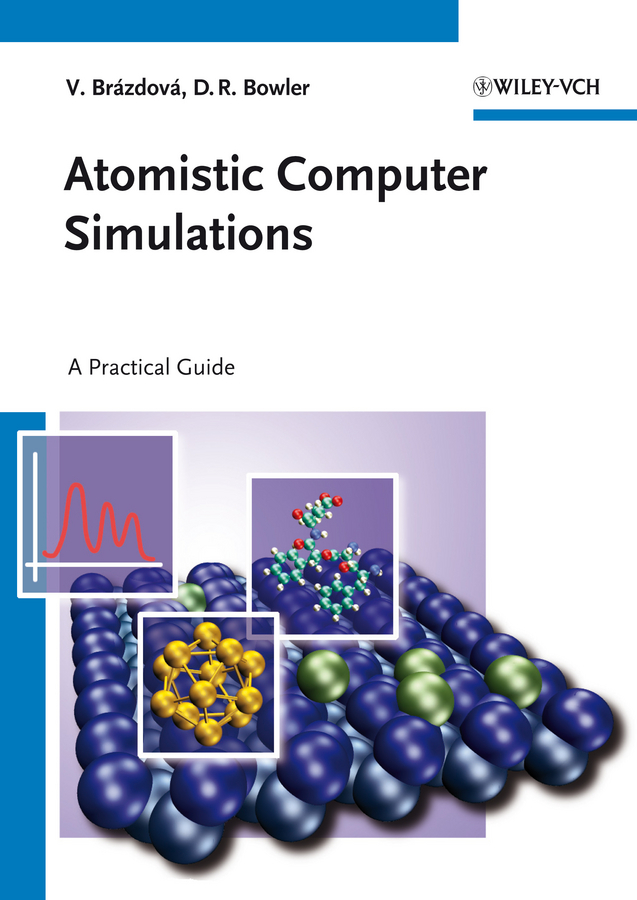Электронная книга: Bowler David R. «Atomistic Computer Simulations. A Practical Guide»

|
Many books explain the theory of atomistic computer simulations; this book teaches you how to run them This introductory«how to» title enables readers to understand, plan, run, and analyze their own independent atomistic simulations, and decide which method to use and which questions to ask in their research project. It is written in a clear and precise language, focusing on a thorough understanding of the conceptsbehind the equations and how these are used in the simulations. As a result, readers will learn how to design the computational model and which parameters of the simulations are essential, as well as being able to assess whether the results are correct, find and correct errors, and extract the relevant information from the results. Finally, they will know which information needs to be included in their publications. This book includes checklists for planning projects, analyzing output files, and for troubleshooting, as well as pseudo keywords and case studies. The authors provide an accompanying blog for the book with worked examples, and additional material and references: http://www.atomisticsimulations.org/. Издательство: "John Wiley&Sons Limited"
ISBN: 9783527671847 электронная книга Купить за 10068.11 руб и скачать на Litres |
Другие книги схожей тематики:
| Автор | Книга | Описание | Год | Цена | Тип книги |
|---|
См. также в других словарях:
Force field (chemistry) — In the context of molecular mechanics, a force field (also called a forcefield) refers to the functional form and parameter sets used to describe the potential energy of a system of particles (typically but not necessarily atoms). Force field… … Wikipedia
Computational chemistry — is a branch of chemistry that uses principles of computer science to assist in solving chemical problems. It uses the results of theoretical chemistry, incorporated into efficient computer programs, to calculate the structures and properties of… … Wikipedia
Moore's law — Plot of CPU transistor counts against dates of introduction. Note the logarithmic vertical scale; the line corresponds to exponential growth with transistor count doubling every two years … Wikipedia
